New Hydrothermal Vent Found Near Galápagos
Scientists on a Schmidt Ocean Institute expedition have discovered a new hydrothermal vent field larger than a professional soccer field. The vent field found in the Pacific Ocean off the Western Galápagos Islands consists of five geyser-like chimneys and three hot springs. The hottest water temperature recorded was 288 degrees Celsius (550 degrees Fhrenheit).
The American and Ecuadorian research team on R/V Falkor (too), led by Dr. Roxanne Beinart of the University of Rhode Island and Dr. Jill McDermott from Lehigh University, detected chemical signatures of the 9,178 square meter (98,791 square foot) vent field while surveying the region with Schmidt Ocean Institute’s underwater robot, ROV SuBastian. They found the vents and explored the area for over 43 hours, the longest dive for the robot in its seven years of operation. The goal of the expedition was to characterize hydrothermal vents on the western side of the Galápagos spreading center and search for new vent fields.
The scientists found the vent field when a Galatheid crab, also known as a squat lobster, came into view. The number of crabs grew until the scientists finally arrived on the vent field and found giant tube worms nestled around the hot water.
The Ecuadorian observers onboard the vessel, Ricardo Visaira Coronel of the Galápagos National Park and Dennisse Maldonado of INOCAR, named the vent field “Sendero del Cangrejo,” which translates to “Trail of the Crabs.”
The 30-day expedition began on August 13, 2023 on Schmidt Ocean Institute’s research vessel Falkor (too) in collaboration with the Galápagos National Park Directorate (GNPD), Charles Darwin Foundation, and the Ecuadorian Navy’s Oceanographic and Antarctic Institute (INOCAR). Other participating institutions included University of Rhode Island, Lehigh University, the Lamont-Doherty Earth Observatory, United States Geological Survey, Harvard University, and the University of Wisconsin, Madison.
“Scientists have known since the early 2000s that this vent field was likely there. But it was particularly hard to locate because the fluids are clear and do not emit large clouds into the water like black smokers do,” said Beinart. “It took our team of chemists, geologists, biologists, and a few crabs to find it.”
Hydrothermal vents were first discovered east of the Galápagos Islands in 1977. The international team on the current expedition were examining under-explored hydrothermal vents west of the islands and comparing them to the ones originally discovered.
The samples from the expedition will aid scientists in creating a more complete picture on how the vents west of the Galápagos may or may not be connected to the vents east of the islands. Some of the collected specimens may be new species due to the novelty of the site. Many hydrothermal vent fields have unique characteristics and by comparing the similarities and differences between vent fields, scientists will gain an understanding of how they are connected.
“Understanding and adding a better description of the distribution and unique nature of such deep-water hydrothermal communities is hugely important for the integral management of our oceans,” said Stuart Banks, Senior Marine Scientist at the Charles Darwin Foundation. “Such a discovery for the Galápagos and Eastern Tropical Pacific takes us important steps closer to ensuring hidden deep-water biodiversity is recognized, appreciated and built into ongoing conservation efforts.”
“This is the fourth hydrothermal vent field discovery made by scientists on our new research vessel Falkor (too) since March, in addition to the discovery in August of a new animal ecosystem living under hydrothermal vents,” said Schmidt Ocean Institute Executive Director Dr. Jyotika Virmani. “With 75% of the seafloor still to map, finding this new vent field shows how much we still have to learn about our planet and those who live on it. I am continually amazed by the otherworldly beauty of our seafloor and look forward to uncovering more.”
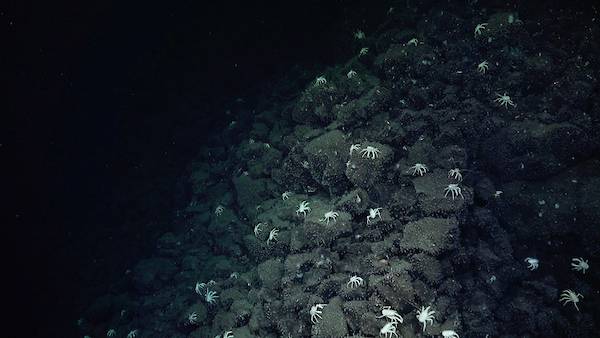
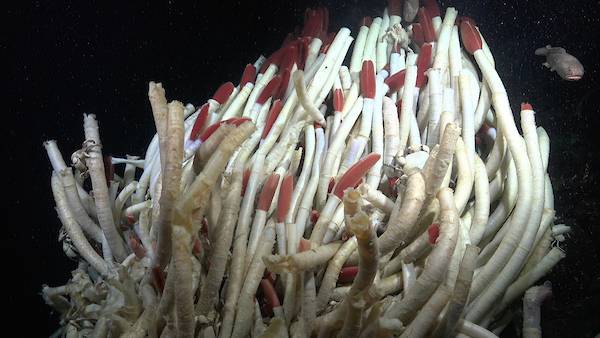
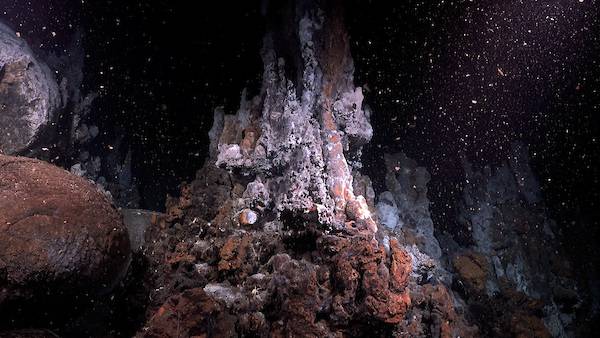
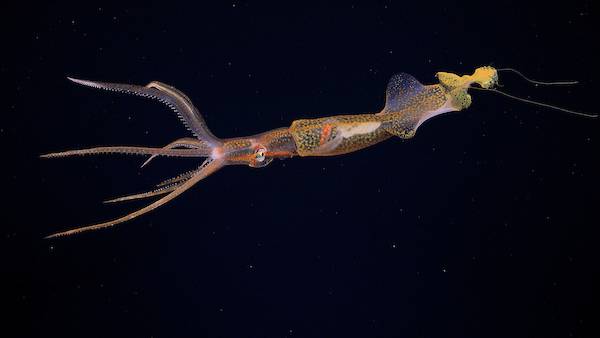
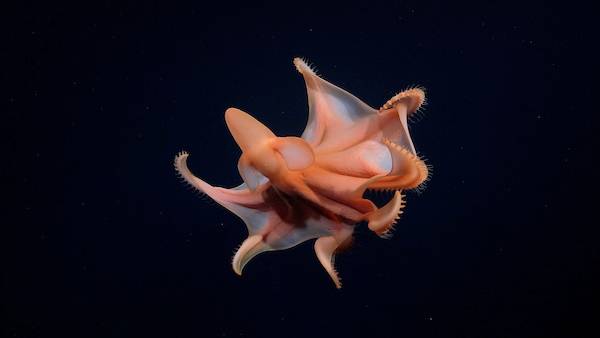

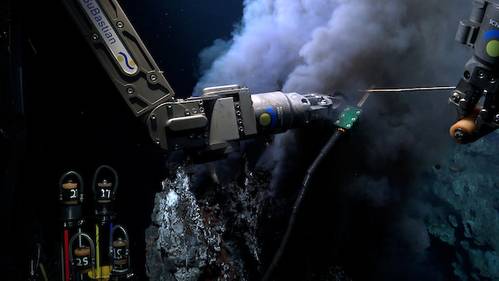
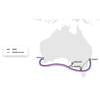


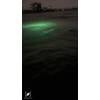
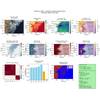







 December 2025
December 2025



